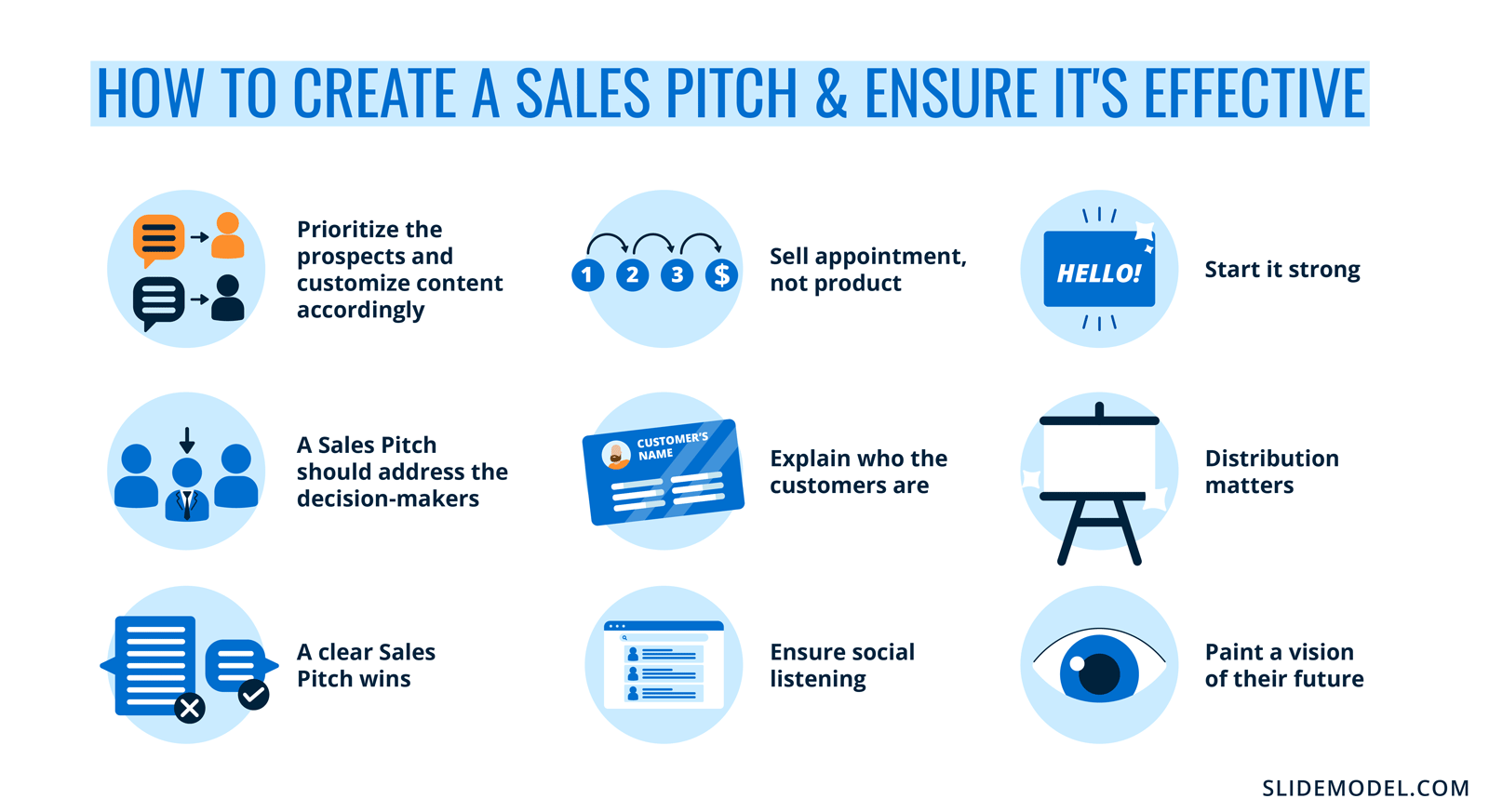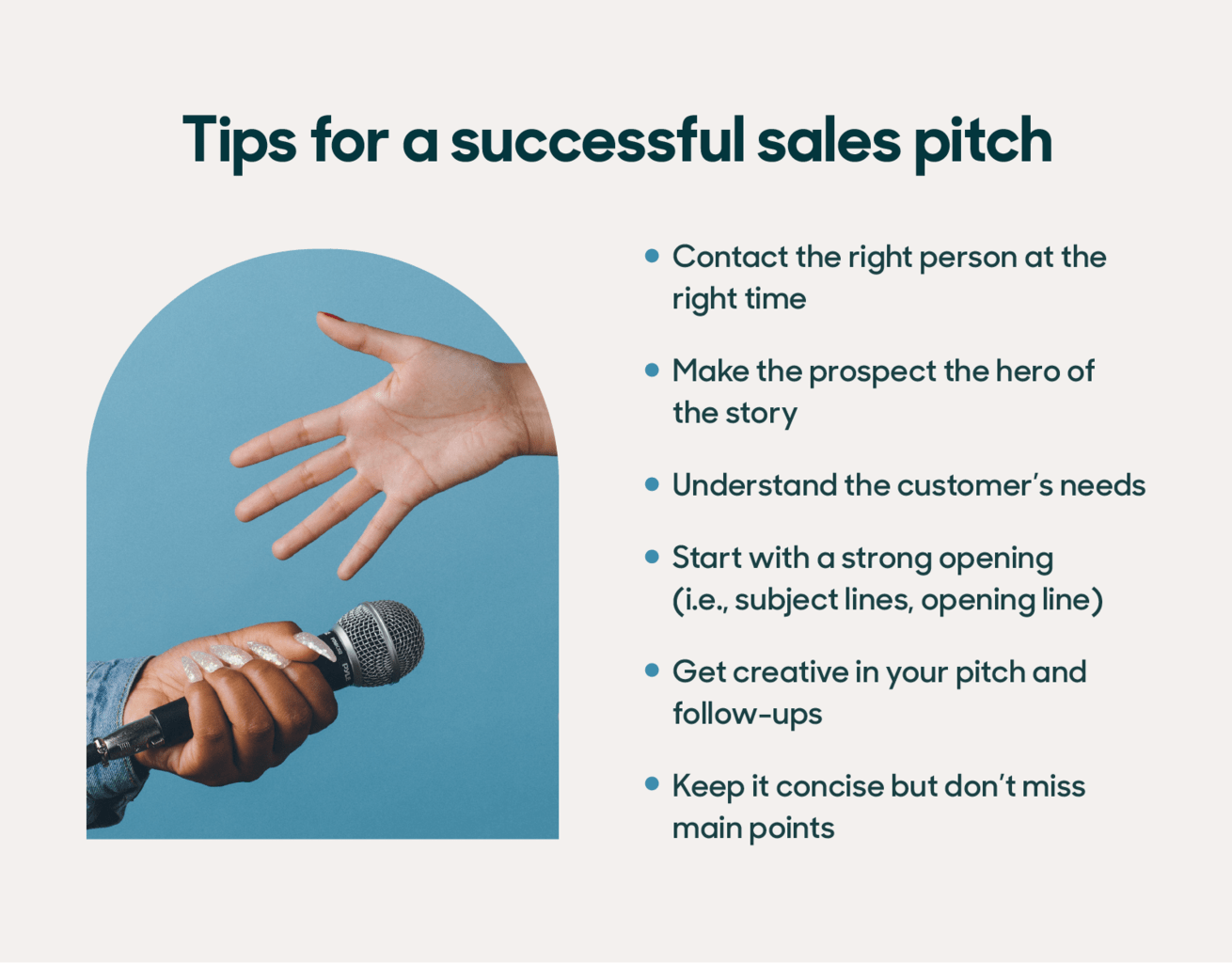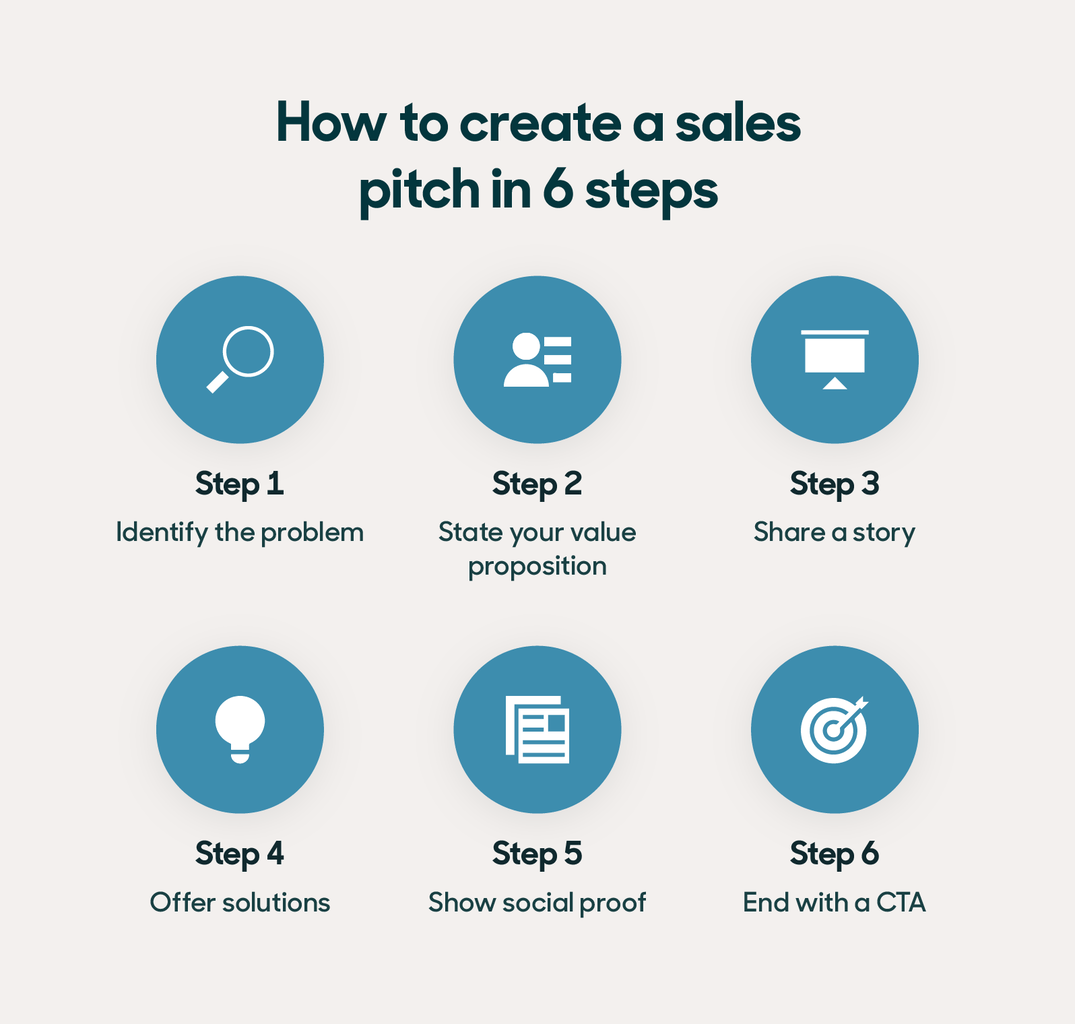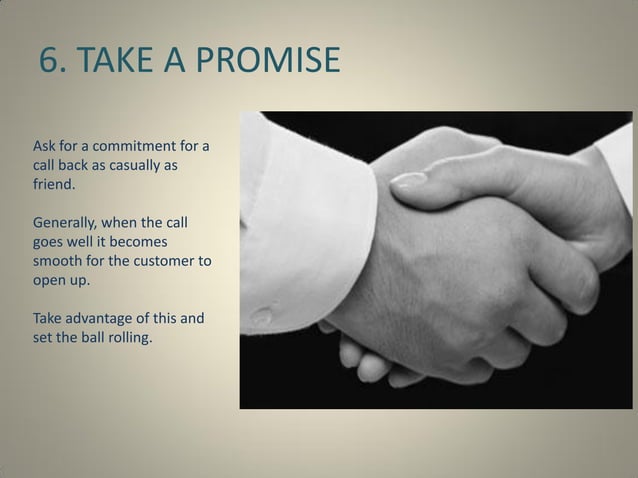Unlocking the Power of "Why": Crafting a Compelling Sales Pitch for Your Product or Service

Imagine you’re standing at a bustling farmers market, your stall brimming with vibrant produce. You know your tomatoes are the sweetest, your basil the most fragrant, but how do you convince passersby to choose your stall over the dozens around you? That’s the essence of crafting a compelling sales pitch – it’s about more than just listing features, it’s about connecting with your customer’s needs and desires.
As an architect and interior designer, I’ve spent years understanding the unique needs and aspirations of individuals seeking to create their dream spaces. This has honed my ability to translate complex technical details into tangible benefits, creating a compelling narrative that resonates with potential customers. Now, let’s apply this approach to your product or service, uncovering its hidden strengths and translating them into a winning sales pitch.

1. Define Your Ideal Customer:
Before you can craft a message that resonates, you need to know who you’re talking to. Think of your ideal customer as a real person, not a generic demographic.
- What are their pain points? What challenges do they face that your product or service solves?
- What are their aspirations? What are they hoping to achieve, and how does your product help them get there?
- What are their values? What do they prioritize in their lives, and how does your product align with those values?


For example, if you’re selling a home security system, your ideal customer might be a young family concerned about their children’s safety and their home’s security.

2. Identify the Key Features and Benefits:
Once you know your ideal customer, you can start to highlight the features and benefits that matter most to them.

Feature: A tangible aspect of your product or service. For example, a home security system might have a feature called "24/7 monitoring."
Benefit: The positive outcome that the feature delivers for the customer. In this case, the benefit of 24/7 monitoring is peace of mind, knowing that someone is always watching over their home, even when they’re away.

The Key to Success: Don’t just list features; translate them into benefits.

Example:
Feature: "Our home security system has a mobile app that lets you control your system from anywhere."

Benefit: "Imagine being able to check on your home while you’re on vacation, or remotely disarm the alarm for a trusted friend who needs access. Our mobile app puts you in control, no matter where you are."
3. Emphasize the "Why It Matters":
The real magic happens when you connect the benefits of your product to your customer’s deeper needs and desires. This is where you go beyond the functional and tap into the emotional.

Example:
Benefit: "Our home security system provides peace of mind."
Why It Matters: "Knowing that your family is safe and your home is protected is invaluable. It allows you to focus on the things that truly matter, like spending quality time with your loved ones."

4. Use Storytelling to Create Connection:
People remember stories. Instead of just listing features and benefits, weave a narrative that showcases the impact of your product or service on your ideal customer’s life.

Example:
"Sarah, a busy mom of two, was constantly worried about her home’s security while she was at work. She felt overwhelmed by the thought of installing a complex security system. Then she discovered [your product]. Now, Sarah can easily monitor her home from her phone, giving her peace of mind and allowing her to focus on what truly matters: her family."
5. Highlight Unique Selling Propositions (USPs):

What sets your product or service apart from the competition? Identify your unique selling propositions and emphasize them in your sales pitch.
Example:
"Unlike other home security systems, our system uses cutting-edge facial recognition technology to ensure only authorized individuals have access to your home. This provides an extra layer of security and peace of mind."
6. Use Strong Call to Action:
Don’t leave your potential customers hanging. Give them a clear call to action, telling them what you want them to do next.
Example:
"Ready to experience the peace of mind that comes with knowing your home is protected? Contact us today for a free consultation and learn how [your product] can keep your family safe."
7. Practice, Practice, Practice:
The more you practice your sales pitch, the more confident and compelling you’ll sound. Rehearse it out loud, get feedback from friends or colleagues, and adjust your message based on their responses.
Remember: A successful sales pitch is not about bombarding your customer with information. It’s about understanding their needs, highlighting the benefits that resonate with them, and telling a story that creates a lasting impression.
Additional Tips for a Powerful Sales Pitch:
- Keep it concise and focused: Don’t overwhelm your audience with too much information.
- Use clear and simple language: Avoid jargon or technical terms that your audience might not understand.
- Be enthusiastic and passionate: Your enthusiasm will be contagious and will help to engage your audience.
- Be genuine and authentic: People can tell when you’re not being genuine. Let your passion for your product or service shine through.
- Be prepared to answer questions: Have answers ready for any questions your audience might have.
By following these tips, you can craft a sales pitch that will effectively communicate the value of your product or service and drive conversions. Remember, the key is to connect with your customers on a personal level and show them how your product can make their lives better.

